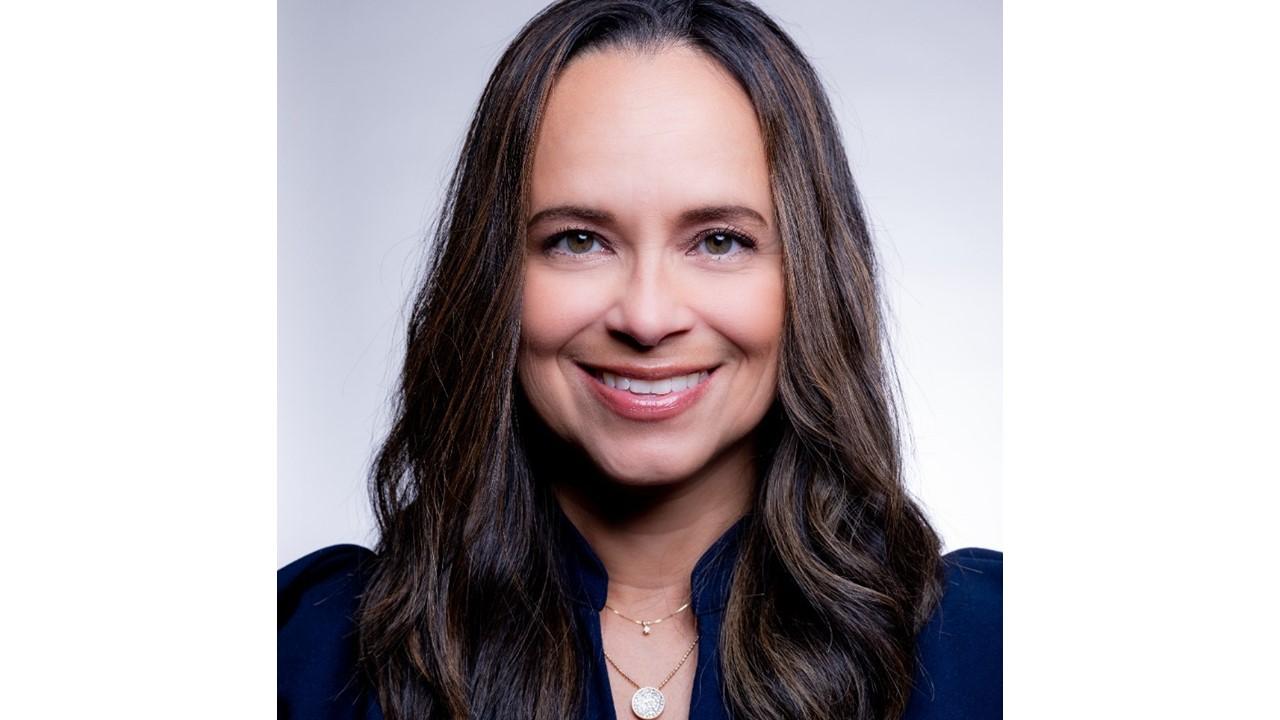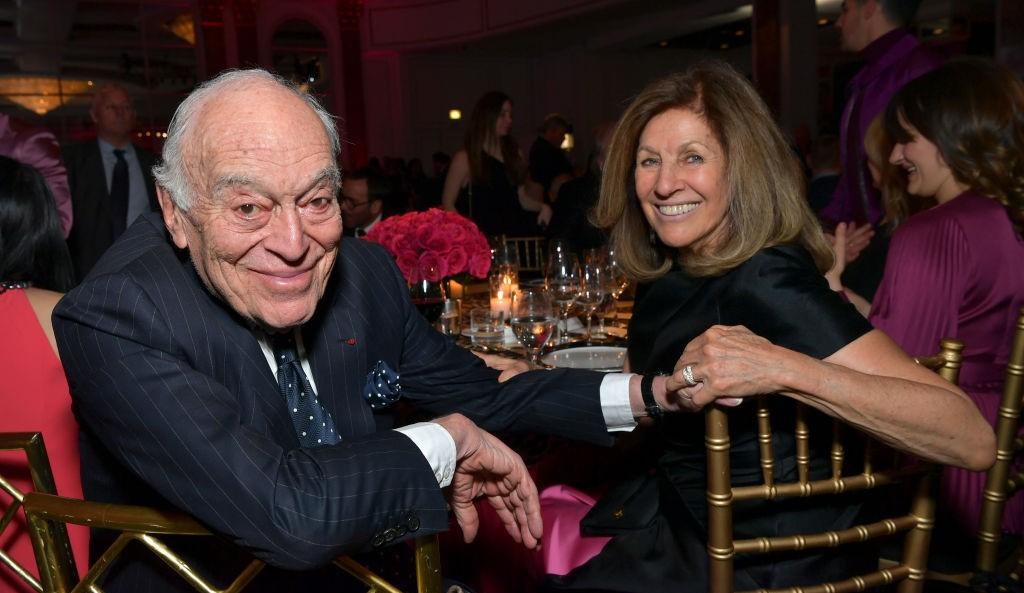The Lipstick Index Is on the Upswing: Cosmetic Term, Explained
The so-called lipstick index could be popularizing again. What does it mean and why is it on the upswing? Here's everything we know about the index.
Aug. 17 2022, Published 2:55 p.m. ET
Despite inflation sending the cost of U.S. living up 8.5 percent in the 12 months ending in July, consumer spending remains in the green. That includes cosmetics, an industry some relate to the “lipstick index.”
What is the lipstick index, and what does it tell us about the state of the market on a broader scale?
Larissa Jensen of The NPD Group touts the return of the "lipstick index."

Larissa Jensen, VP, Beauty Industry Advisor, The NPD Group
Beauty analyst for The NPD Group Larissa Jensen spoke of the return of the “lipstick index,” a term that refers to the state of lipstick sales and its representation of the broader cosmetic (and still-broader retail) market.
Jensen says the lipstick index is back as lipstick sales volume climbs. Jensen cites a 20-percent increase in lipstick sales in H1 of 2022. Meanwhile, skincare, fragrance, and hair care sales are up 12 percent, 15 percent, and 28 percent, respectively.
Consumer spending is currently shifted away from services and towards goods, writes macro economic journalist Matthew Fox. That’s good news for the beauty industry, though a deeper recession could flip the script.
Leonard Lauder coined the term in the early aughts.

Leonard Lauder, chairman, Estee Lauder
Jensen didn’t make up the term lipstick index. So, who did?
Estée Lauder chairman Leonard Lauder coined the term in the early 2000s. At the time, the dot-com bubble burst and during the subsequent recession, lipstick sales strengthened.
It’s worth noting climbing beauty sales aren't a staple of all recession (and recession-adjacent) economic environments. This alone isn't a valid economic indicator because downturns in the economy vary in the root, scope, and industry impact. In short, there isn't an inverse relationship between lipstick sales and economic health.
For example, the COVID-19 pandemic recession was brief but global in scale. Because most people were wearing face masks in public during the throes of the pandemic, lipstick purchases stayed on the back burner.
What stocks make up the lipstick index — and are they worth the investment?
While the lipstick index isn't a real index, investors can still look to it for guidance on current beauty industry trends. It’s worth noting that consumer preference for goods like moderately priced cosmetics could change as economic circumstances evolve. With myriad experts citing a potential recession on the horizon, these shifts are practically inevitable.
Whatever the case, cosmetic and beauty industry stocks still retain their relevance in the current landscape. Stocks in this area include:
Ulta Beauty Inc. (ULTA): Down -2.01 percent YTD as of Aug. 17, but regaining strength with a 5.43-percent weekly gain. Zacks Consensus estimates ULTA stock will bring in a Q2 EPS of $4.84, which would be a 3.27 percent boost.
Estée Lauder Companies Inc. (EL): Down -25.22 percent YTD, but seeing a 12.66-percent one-month recovery. EL stock could be bearish given recently alleged insider stock dumps totaling $78 million.
elf Beauty Inc. (ELF): Up 13.02 percent YTD and 17.74 percent in the last month. Earnings recently beat forecasts, but shares could be overpriced at current valuations. Depending on the outcome of your due diligence, consider buying a forthcoming dip for long-term capital appreciation.

